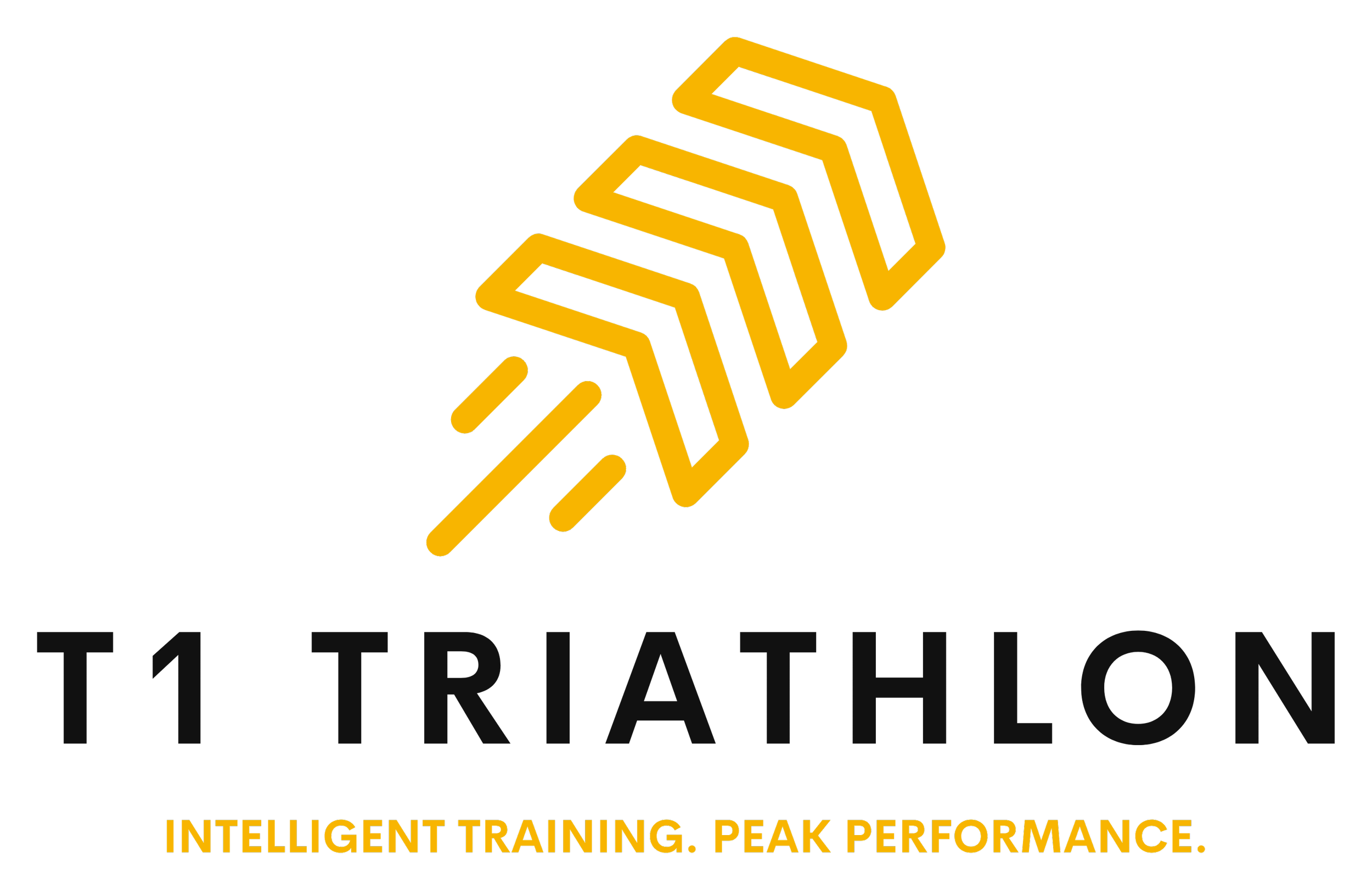Gear Guide: Must-Haves for Spring Triathlon Training
Spring Training Season Is Here—Is Your Gear Ready?
There’s something exciting about the shift from winter training to spring sessions. The sun’s out longer, roads are clearing, and triathletes everywhere start eyeing their race calendars with renewed focus. But as much as we look forward to training outdoors again, spring brings its own set of challenges: unpredictable weather, cold mornings, wet roads, and chilly lakes. I’ve worked with athletes who nailed their winter fitness, only to struggle in the spring because their gear didn’t keep up with the conditions.
That’s why now is the perfect time to assess your setup and make sure you’re ready for everything a spring triathlon training block might throw your way. Whether you’re just getting into triathlon or have a few seasons under your belt, the right gear can mean the difference between consistent training and missed sessions—or worse, early-season injuries.
Why Spring-Specific Gear Matters
Spring triathlon training is all about adaptation. You’re adjusting from the predictable environment of indoor rides, treadmill runs, and controlled pool swims to a world that’s… well, not so predictable. Roads might still have sand or salt on them, trails might be muddy, and water temps? Let’s just say they’ll wake you up.
Your gear has to work for now, not just for race day. That means keeping you warm without overheating, dry enough to stay focused, and safe as you rebuild outdoor-specific skills like handling and sighting. I always tell my athletes—train like you race, but gear like you train and recover. In spring, comfort matters as much as performance.
The Core Categories to Get Right
I break spring gear into three simple categories: weather-specific apparel, discipline-specific equipment, and practical accessories. Start with apparel, because that’s what makes or breaks your session in those early-morning temperatures.
Let’s say you’re heading out for a 90-minute ride in April. The sun’s out, but the wind chill still bites. That sleeveless tri suit won’t cut it. Instead, you’ll want thermal arm warmers, a windproof vest, and full-finger gloves—gear that lets you shed layers as things warm up without compromising safety. And on the run? Visibility gear is key. Spring clouds can drop light fast, so reflective pieces or a headlamp might come into play more than you’d expect.
In the water, the name of the game is warmth and flexibility. Spring means open water might be doable, but only if you’ve got a well-fitted wetsuit, a thermal cap, and possibly booties. I’ve seen athletes lose their nerve mid-swim simply because the shock of cold water hit them harder than they thought. You can’t train well if you’re shivering halfway through your set.
Gear That’s Often Overlooked (But Crucial)
There are a few pieces of gear I see athletes forget about until it’s too late. Windproof layers are one—especially for the bike. People think about warmth, but they forget wind cuts right through most light jackets. The same goes for tire choices. Early-season roads are slicker, so a grippier, slightly wider tire might save you from an unwanted slide.
Another common one? Gloves. Both for cycling and open water. Cold fingers reduce dexterity, which can affect braking, shifting, or even unzipping your wetsuit. I once had an athlete nearly miss her entire brick session because she couldn’t get her helmet buckled with frozen hands.
Gear That Grows with You
What I love about investing in good spring gear is that it doesn’t expire with the season. The same light thermal base layers, rain-resistant shells, and versatile cycling gear can support fall training blocks and even early morning races. Think of it not as a seasonal expense, but as an upgrade to your year-round consistency.
And consistency is the goal, right? You don’t need the flashiest tech or the most expensive setup—you just need gear that removes obstacles from training. Gear that works with the weather instead of against it.
Real Athlete Stories: Spring Wins (and Misses)
One of my athletes, Emma, transitioned from treadmill runs to outdoor tempo work in March last year. First session? She dressed like it was July. Ten minutes in, she was soaked from unexpected drizzle and had to cut it short. We switched to a windbreaker and light cap, and she didn’t miss another session that month.
On the flip side, Mike—a longtime triathlete I coach—was gearing up for a cold lake swim to prep for his June race. We tested his older wetsuit and realized it had small tears along the shoulders. Luckily, we caught it early, replaced it, and avoided a cold, miserable swim (or worse, a DNS).
It’s these small things that add up. A checklist won’t catch everything, but experience will teach you to listen to your gear—and your gut.
Final Thoughts Before You Head Outside
Spring training is exciting because it’s where the work starts to feel real. You’re not just training anymore—you’re preparing to perform. The gear you bring along for that journey should support your goals, not complicate them.
As the weather shifts, let your setup evolve too. Test it, tweak it, and lean on coaches or training partners for advice. The right gear won’t make the training easier—but it’ll make sure you get it done.


